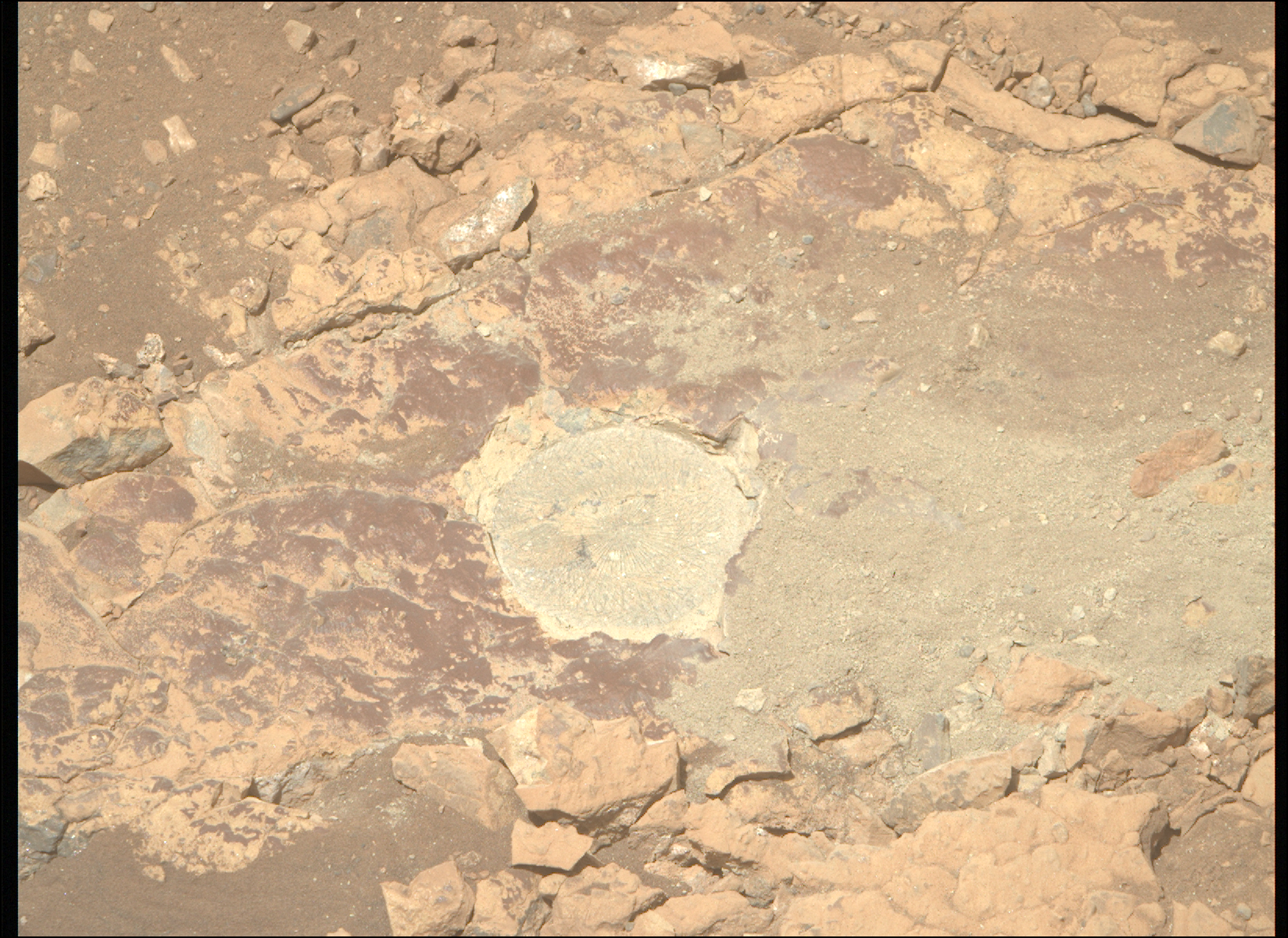Explore This Section Perseverance Home Mission Overview Rover Components Mars Rock Samples Where is Perseverance? Ingenuity Mars Helicopter Mission Updates Science Overview Objectives Instruments Highlights Exploration Goals News and Features Multimedia Perseverance Raw Images Images Videos Audio More Resources Mars Missions Mars Sample Return Mars Perseverance Rover Mars Curiosity Rover MAVEN Mars Reconnaissance Orbiter Mars Odyssey More Mars Missions Mars Home 2 min read
Clay Minerals From Mars’ Most Ancient Past? Recent detections of clay-bearing bedrock on Jezero’s crater rim have the Perseverance Science Team excited and eager to sample.
 NASA’s Mars Perseverance rover acquired this image of the Laknes abrasion, acquired in the clay-bearing bedrock of the Krokodillen plateau, on the outer slopes of the Jezero crater rim. Perseverance captured the image using its Right Mastcam-Z camera on June 8, 2025 — or, Sol 1529, Martian day 1,529 of the Mars 2020 mission — at the local mean solar time of 12:03:14. NASA/JPL-Caltech/ASU Written by Alex Jones, Ph.D. candidate at Imperial College London
NASA’s Mars Perseverance rover acquired this image of the Laknes abrasion, acquired in the clay-bearing bedrock of the Krokodillen plateau, on the outer slopes of the Jezero crater rim. Perseverance captured the image using its Right Mastcam-Z camera on June 8, 2025 — or, Sol 1529, Martian day 1,529 of the Mars 2020 mission — at the local mean solar time of 12:03:14. NASA/JPL-Caltech/ASU Written by Alex Jones, Ph.D. candidate at Imperial College London
Since finishing its exploration of spherule-rich stratigraphy at Witch Hazel Hill, Perseverance has been exploring the Krokodillen plateau, a relatively low-lying terrain on the outer slopes of the crater rim. It was in these rocks where the SuperCam instrument began detecting signatures of clay-minerals. These minerals, also known as “phyllosilicates,” are an exciting find as they primarily form by extensive interactions between basaltic rocks and liquid water. Phyllosilicates are also excellent at preserving organic materials, if present, by adsorbing them or encapsulating them within their mineral structure.
What’s more, it’s possible that these clay-bearing rocks may be some of the most ancient rocks explored by Perseverance, dating back to a time when Mars may have been warmer and wetter than the present day. Clay-bearing rocks are abundant in the regions around Jezero, and are thought to date to Mars’ Noachian period, around 4 billion years ago. Needless to say, the Science Team were keen to investigate (and eventually sample) these materials.
Perseverance performed an initial toe-dip into this clay-bearing unit back in April, creating the Strong Island abrasion patch, before returning back upslope to Witch Hazel Hill to sample some spherule-bearing rocks. Since then, Perseverance has started exploring this clay-bearing unit more extensively, creating the Laknes abrasion (pictured) on Sol 1526.
Initial data collected by Perseverance suggests that the clay signature may be variable across the Krokodillen plateau. Next, the Science Team plan to rove around to establish a clear geologic context for these rocks, as well as locating a good site for sampling!
Details Last Updated Jun 23, 2025 Related Terms Blogs
Keep Exploring Discover More Topics From NASA Mars
Mars is the fourth planet from the Sun, and the seventh largest. It’s the only planet we know of inhabited…
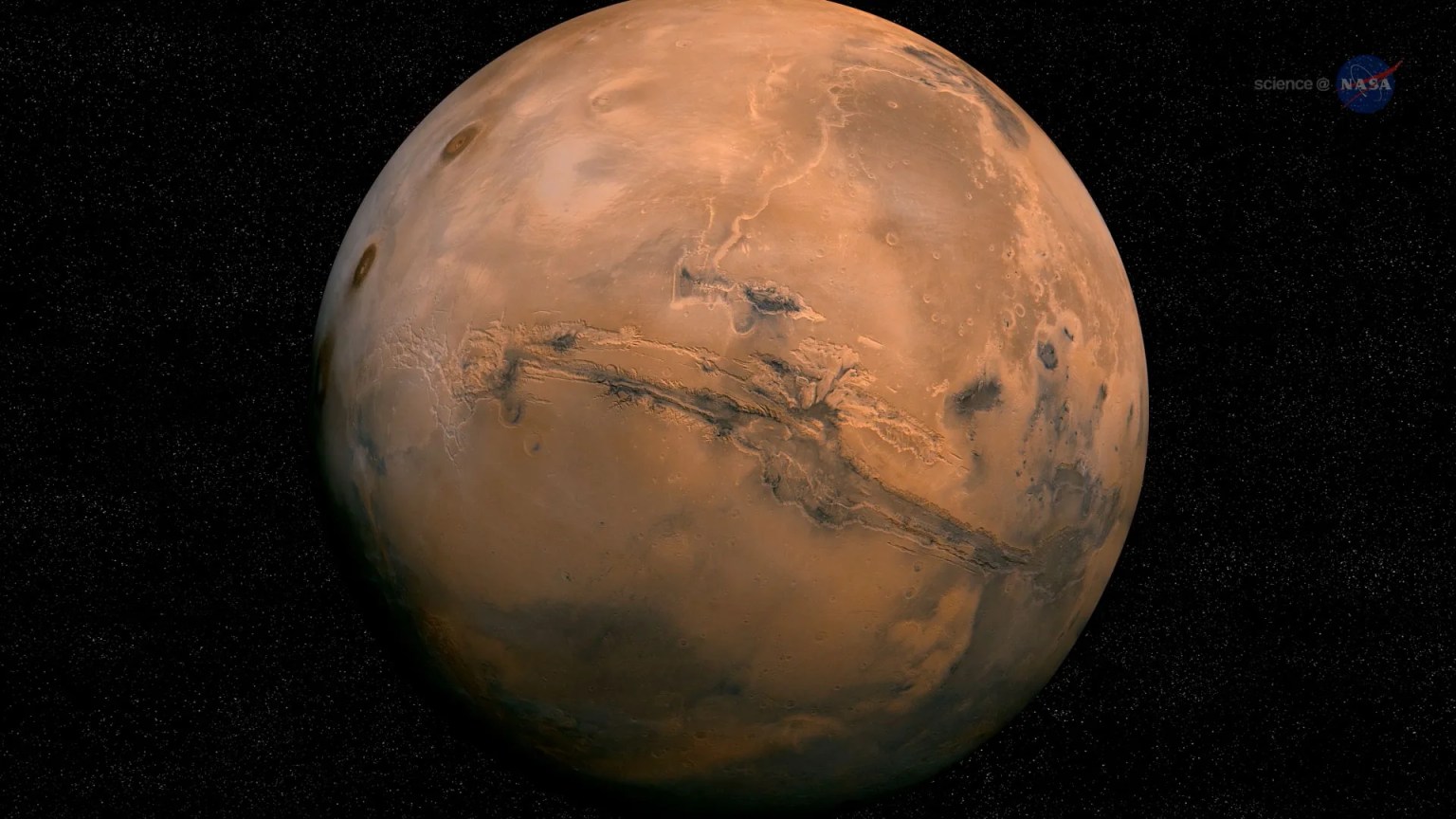
Explore this collection of Mars images, videos, resources, PDFs, and toolkits. Discover valuable content designed to inform, educate, and inspire,…
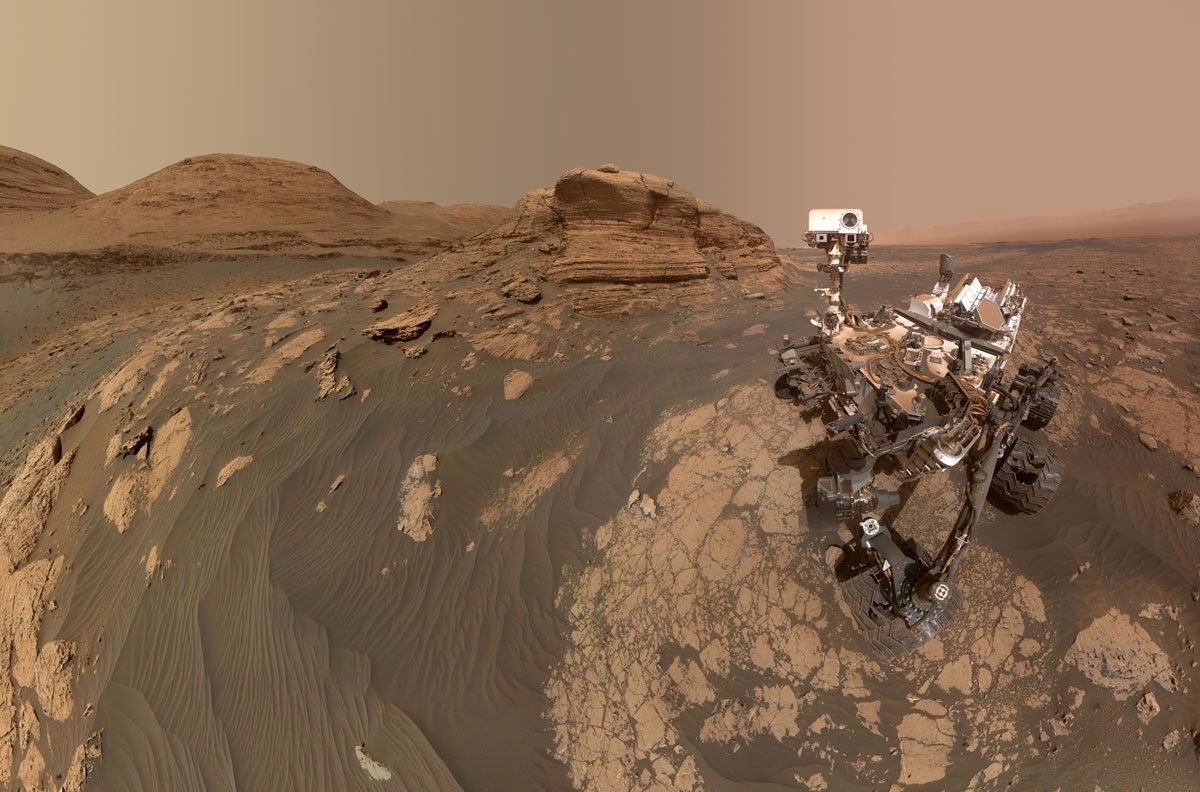
Each robotic explorer sent to the Red Planet has its own unique capabilities driven by science. Many attributes of a…
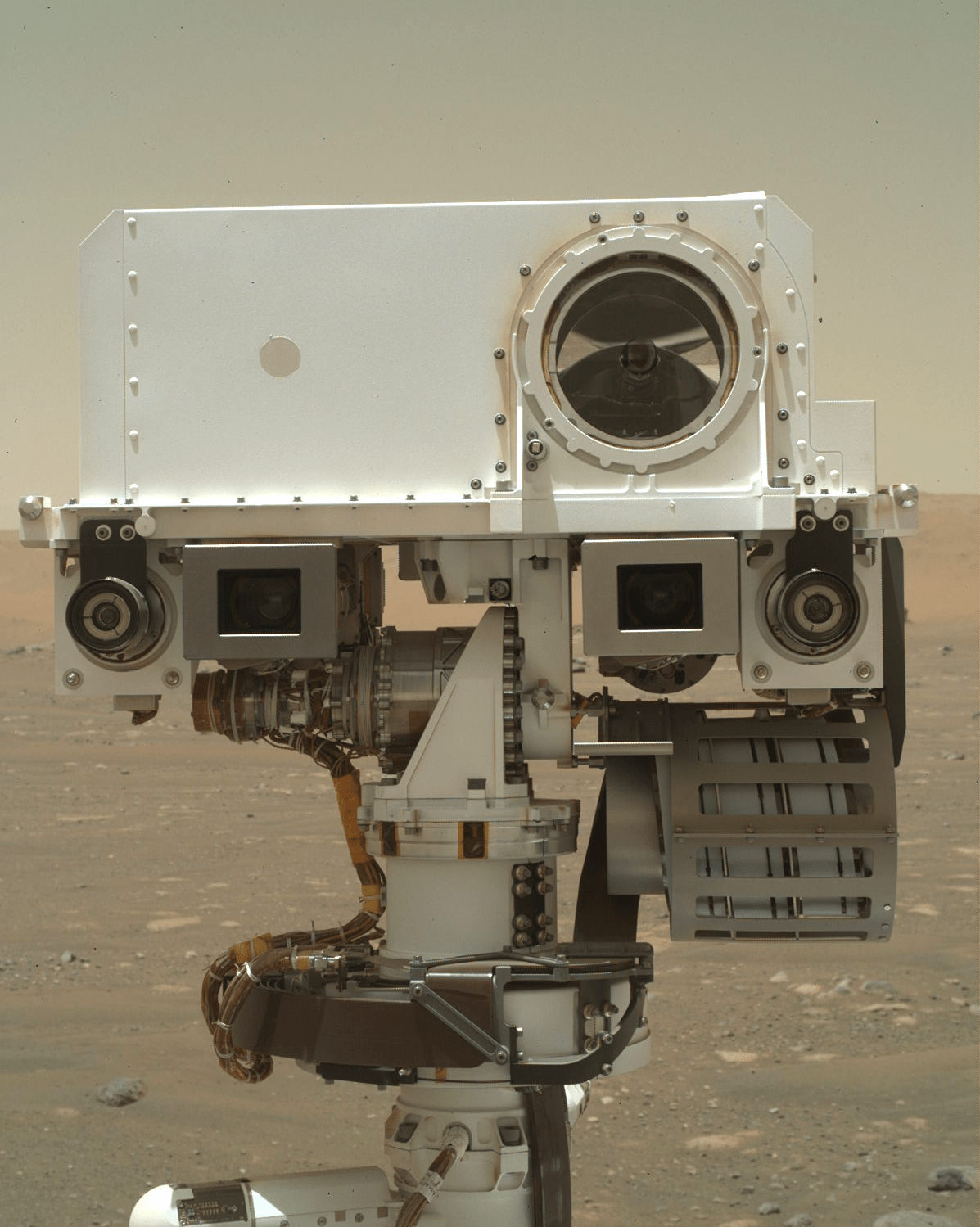
Mars Exploration: Science Goals
The key to understanding the past, present or future potential for life on Mars can be found in NASA’s four…
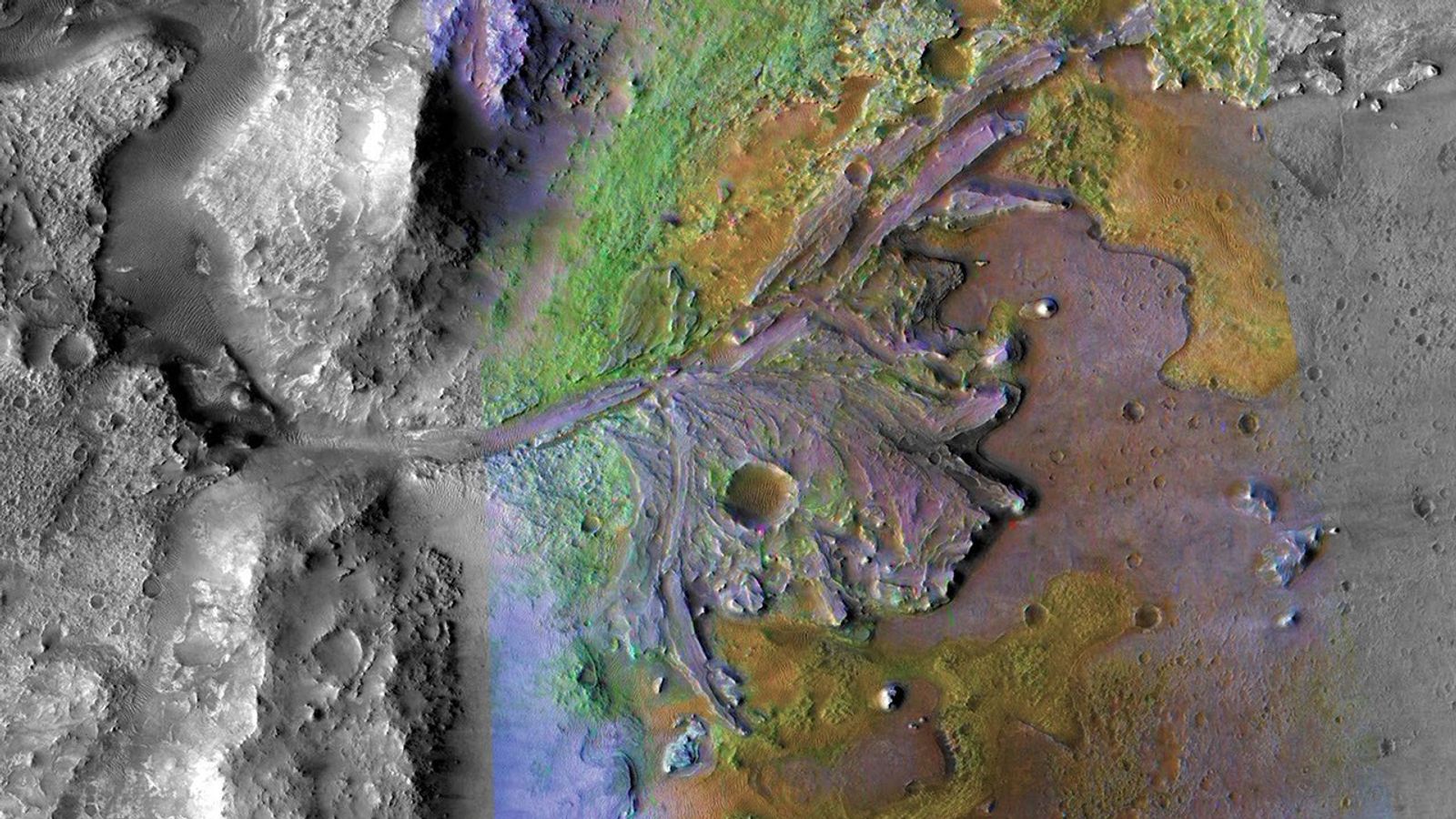

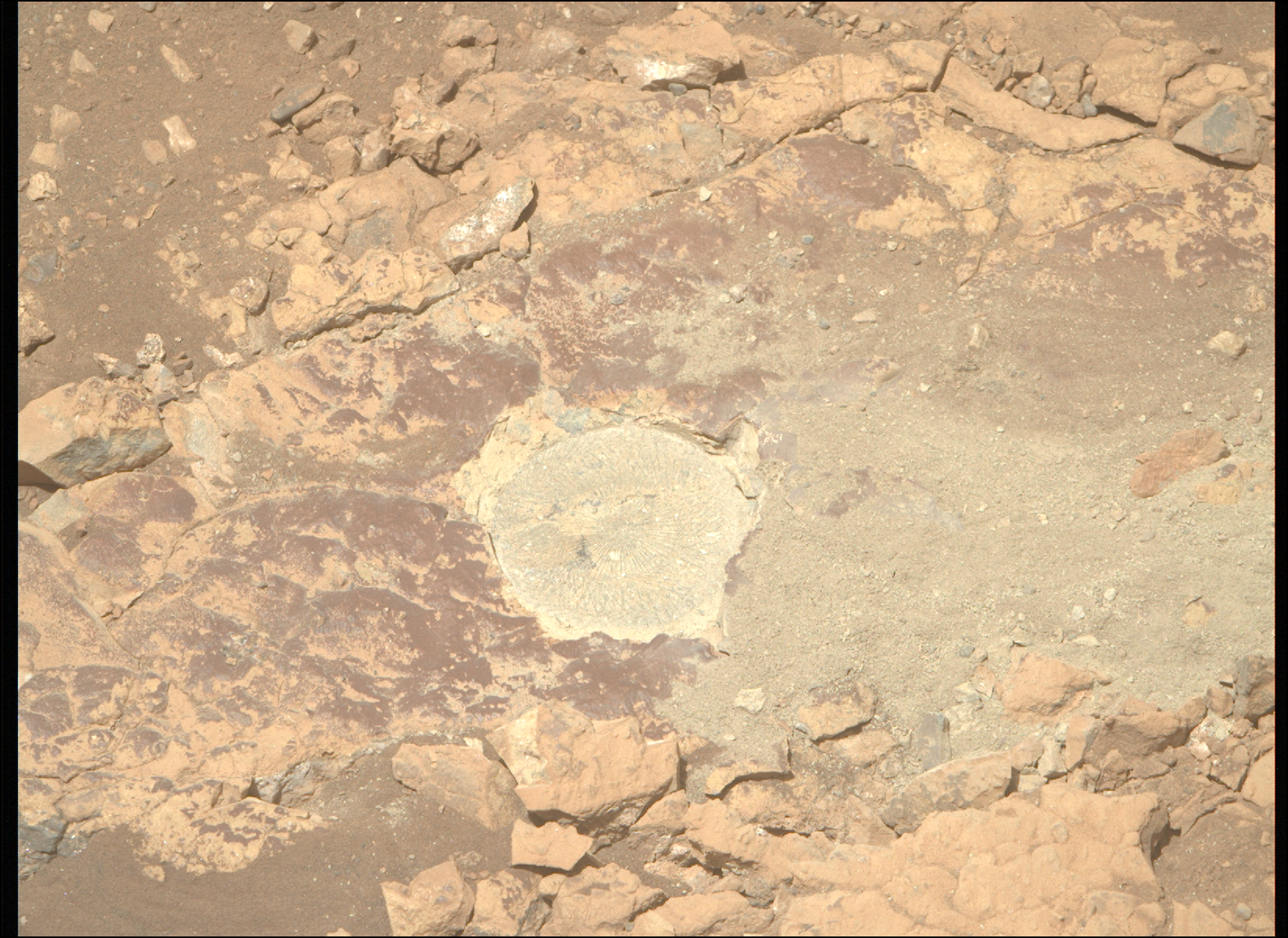
 4 min read Curiosity Blog, Sols 4577-4579: Watch the Skies
4 min read Curiosity Blog, Sols 4577-4579: Watch the Skies
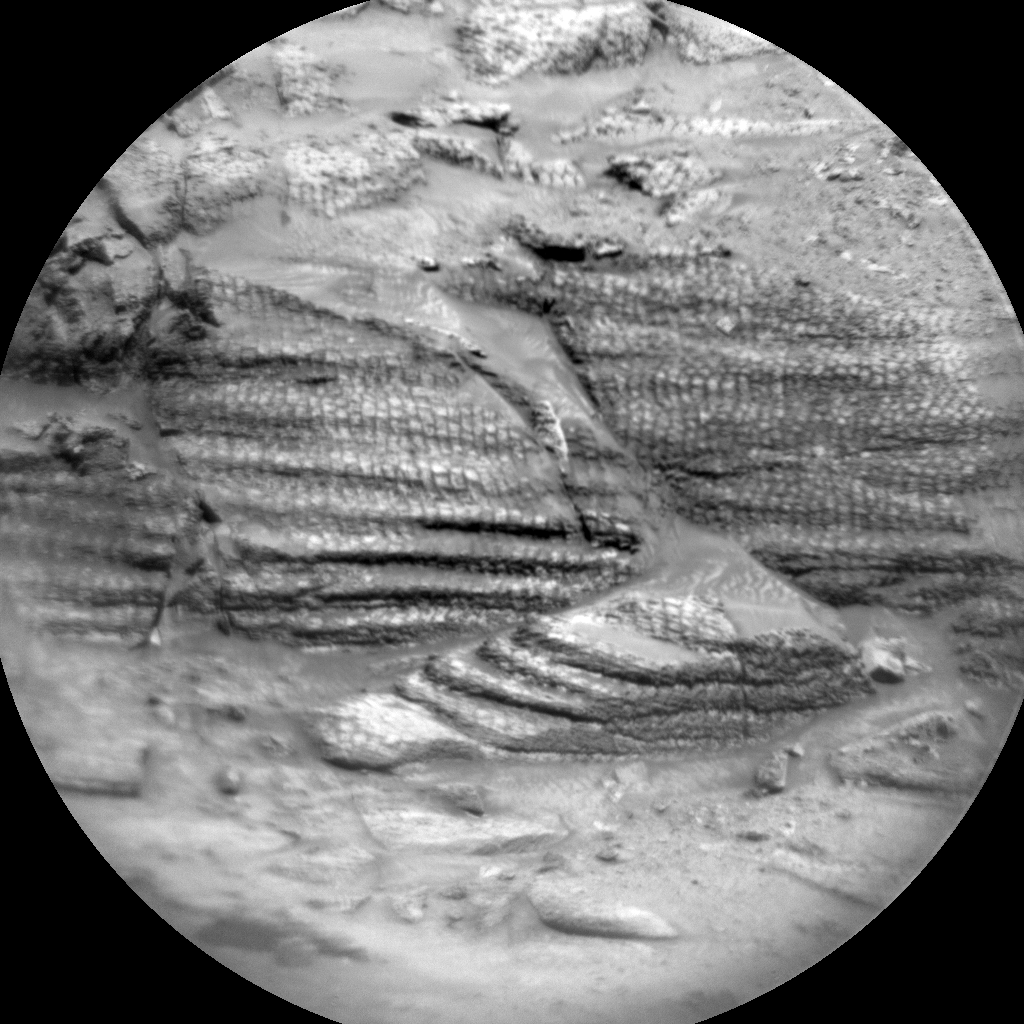 2 min read Curiosity Blog, Sols 4575-4576: Perfect Parking Spot
2 min read Curiosity Blog, Sols 4575-4576: Perfect Parking Spot
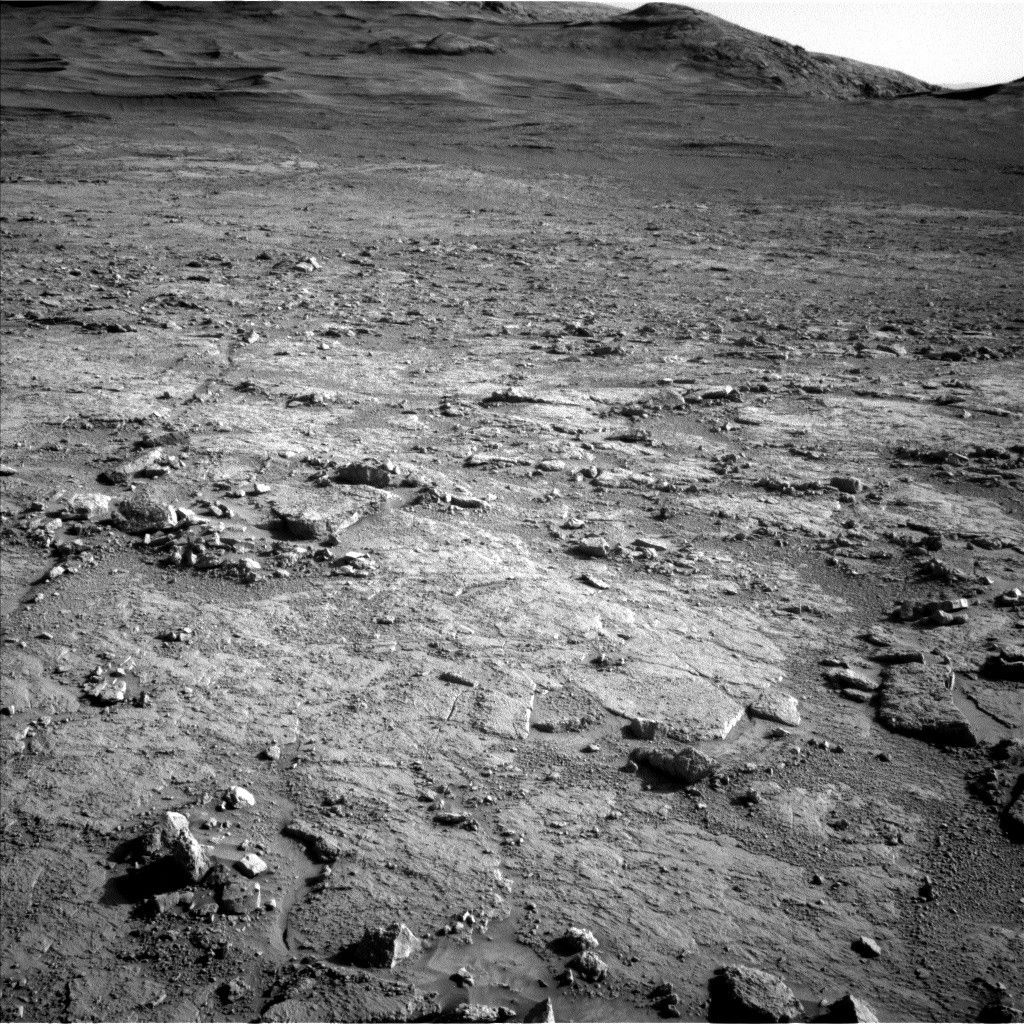 3 min read Curiosity Blog, Sols 4573-4574: Welcome to the Uyuni Quad
3 min read Curiosity Blog, Sols 4573-4574: Welcome to the Uyuni Quad
